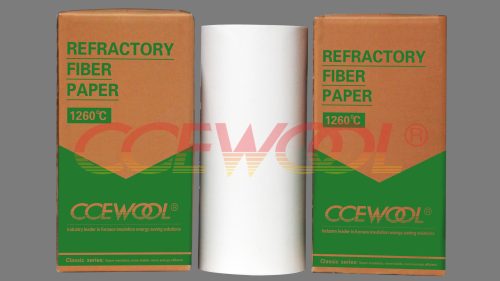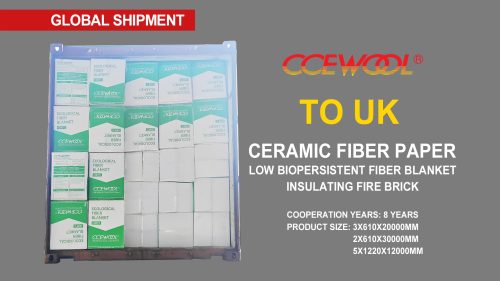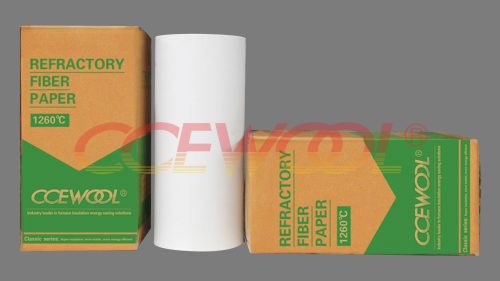Refractory Fiber Blanket – CCEWOOL®
- 18 Aug, 2025
- Insight
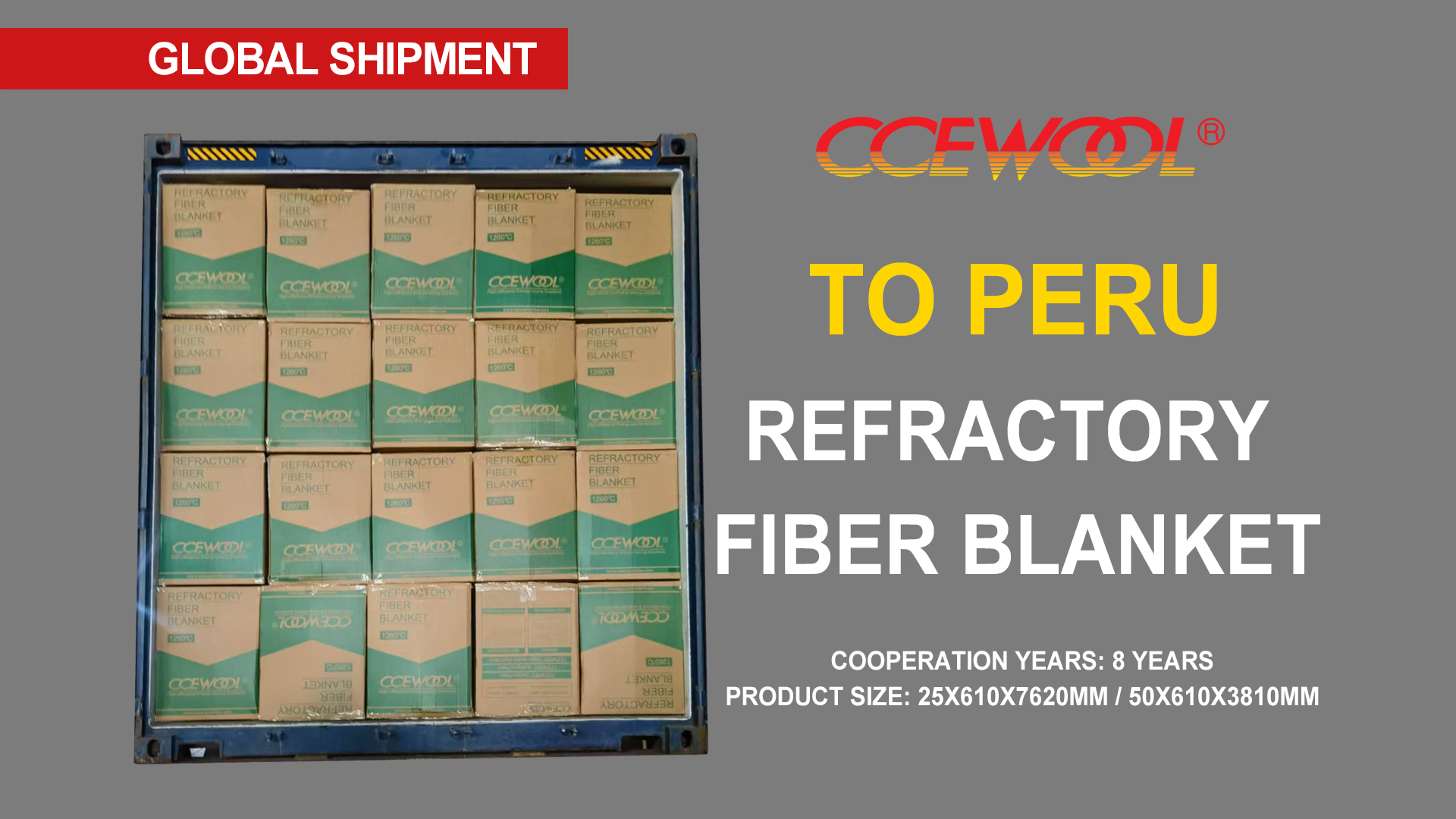
In high-temperature industrial equipment, furnace walls, roofs, and pipelines often feature complex curves and corners, placing higher demands on the flexibility of insulation materials. CCEWOOL® refractory fiber blanket stands out with exceptional flexibility and adaptability, allowing it to easily conform to irregular shapes without compromising structural stability. Compared to traditional rigid materials, it significantly reduces installation gaps, minimizes heat loss through joints, and enhances overall insulation efficiency.
High Fiber Strength + Double-Sided Needling for Both Softness and Durability
The flexibility of CCEWOOL® refractory fiber blanket is achieved through strict control over raw materials and manufacturing processes:
High-Purity Spun Fiber Bulk
Made from in-house melted high-purity ceramic raw materials, spun at high temperature in an electric furnace, the fibers are long and have low shot content, ensuring a naturally soft texture with excellent high-temperature performance.
Double-Sided Needling Process
Both sides of the blanket are evenly needle-punched during production. This strengthens the bonding between fibers, prevents delamination and fiber loss over long-term use, and significantly increases tensile strength and resistance to mechanical erosion—all while maintaining softness.
Uniform Density, Easy Installation
With evenly distributed density, the blanket can be cut smoothly without cracking during bending, making installation faster and more efficient.
Flexible for a Wide Range of High-Temperature Applications
Thanks to its flexibility, CCEWOOL® refractory fiber blanket is widely used in furnace hot-face insulation, back-up lining, high-temperature pipe wrapping, and equipment gap filling. Whether for closely wrapping complex equipment or repairing localized heat loss, its flexibility ensures quick installation, high conformity, and long-lasting insulation performance.
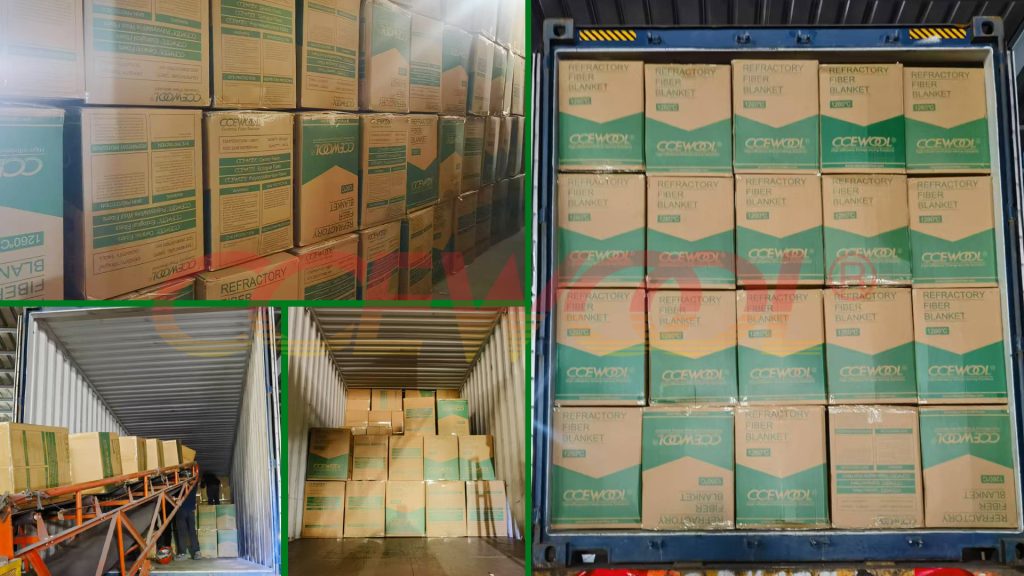
Peruvian Customer
Cooperation Years: 8 years
Ordered Product: CCEWOOL® refractory fiber blanket
Product Size: 25x610x7620mm / 50x610x3810mm
A long-term partner from Peru has been purchasing CCEWOOL® refractory fiber blanket for eight consecutive years. The latest order includes sizes 25x610x7620mm and 50x610x3810mm. The customer reports that our fiber blanket maintains flexibility under high temperatures, is easy to install, delivers stable insulation performance, and is backed by responsive after-sales service. Annual order volumes have continued to grow, further strengthening our cooperation.
CCEWOOL® Continues to Deliver High-Performance Refractory Fiber Blanket Solutions Worldwide
As a professional manufacturer in the global high-temperature insulation industry, CCEWOOL® operates with in-house raw material production, fully automated manufacturing, and strict quality inspection systems. We not only provide stable-performance refractory fiber blankets but also support customers through technical optimization and service, helping them achieve high efficiency, low energy consumption, and long service life in their insulation systems.

